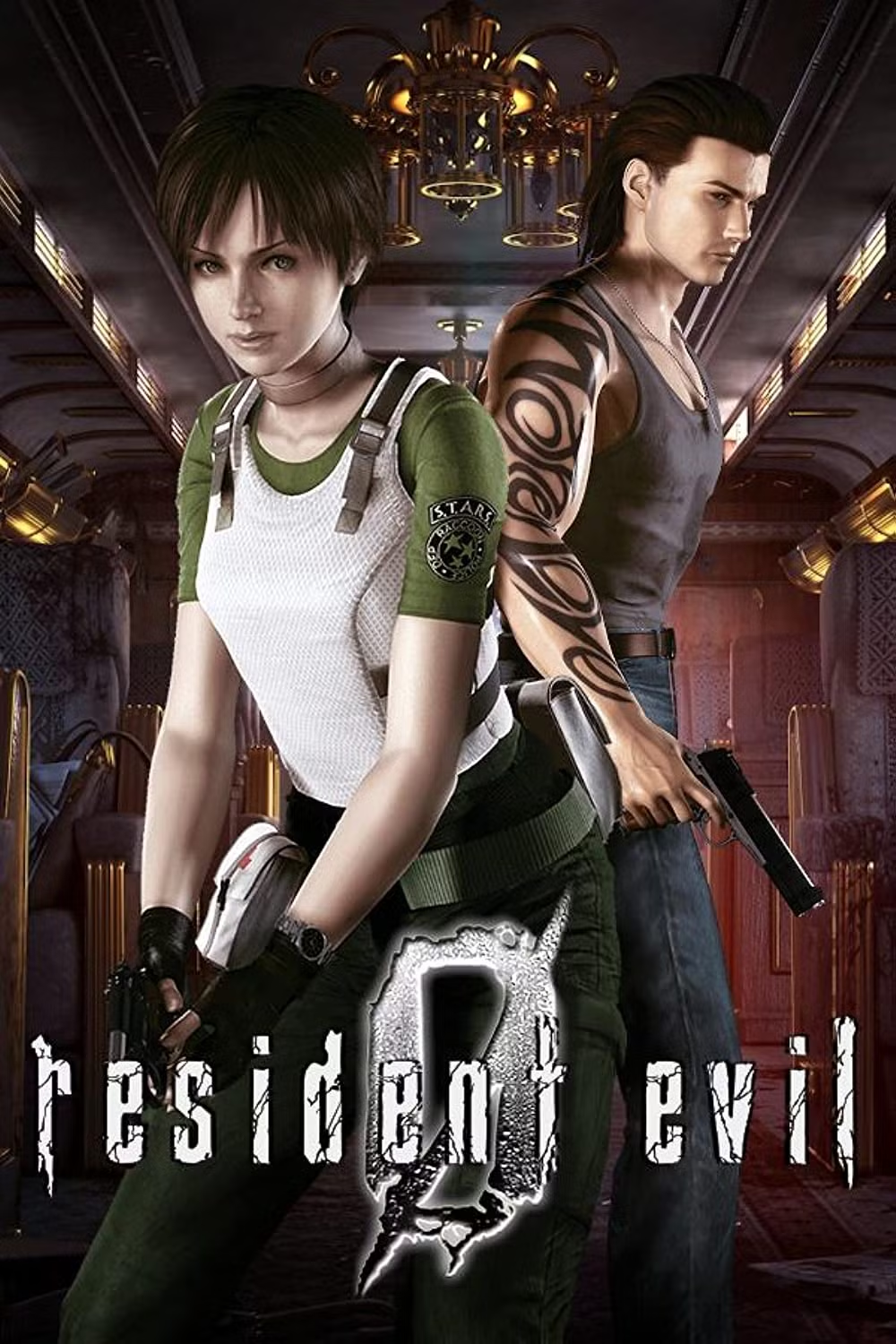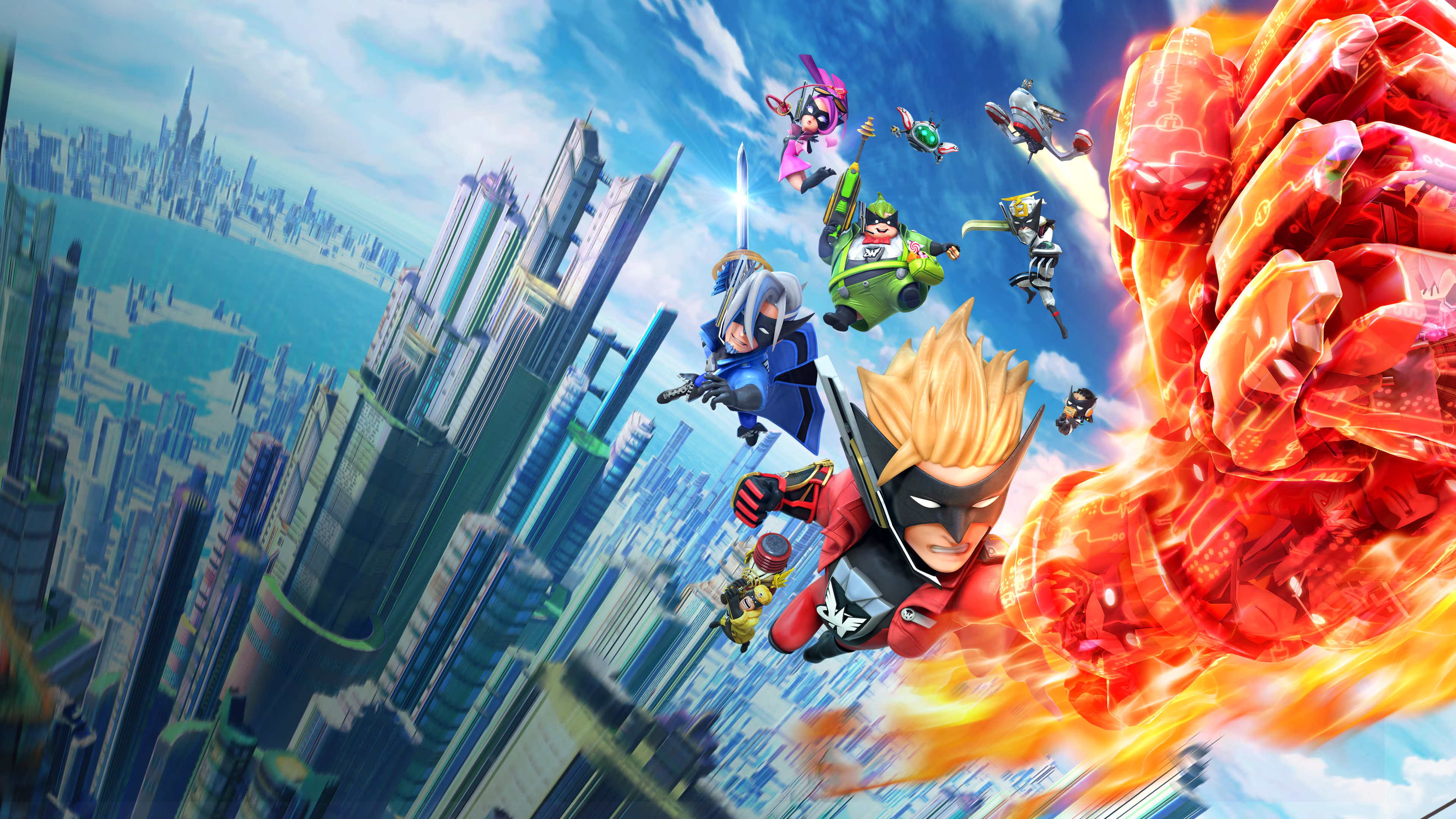Hideki Kamiya is a video game designer and director from Japan who has directed several video games.
Kamiya was born in Matsumoto, Nagano Prefecture, in 1970.
He was already a video game fan at an early age due to a neighbor who frequently invited him to play with his Epoch Cassette Vision system.
Kamiya was drawn to gaming because of the sounds it generated.
He got his first system, the Nintendo Famicom, when junior high.
Hideki Kamiya Video Games
He began his work with Capcom in 1994, directing Resident Evil 2 (1996), Devil May Cry (2001), Viewtiful Joe (2003), and Okami (2001). (2006).
He worked for Clover Studio, a Capcom company, from 2004 to 2006. After quitting the company, Kamiya and other former Capcom employees started PlatinumGames in 2006.
Bayonetta (2009) and The Wonderful 101 are two of his PlatinumGames projects (2013).
So, read on as we discuss the outstanding Hideki Kamiya video games.
1. Resident Evil

Hideki Kamiya takes the role of a system planner in this video game.
Resident Evil is a PlayStation survival horror game created and published by Capcom in 1996.
The elite task squad S.T.A.R.S., Chris Redfield, and Jill Valentine must escape a mansion infested with zombies and other monsters.
Furthermore, Resident Evil earned positive reviews for its graphics, gameplay, sound, and ambiance, but it was panned for its voice acting.
It was an international hit, and at the time, it was the best-selling PlayStation game of all time. It had sold over 4 million copies worldwide and grossed more than $200 million by December 1997.
In addition, Resident Evil is widely regarded as one of the most influential and impactful video games of all time.
2. Arthur to Astaroth no Nazomakaimura: Incredible Toons

Hideki Kamiya is the designer of this 1996 video game. So, it’s categorized as one of the elite Hideki Kamiya video games.
Arthur and Asaroth’s Mysterious Demon World Village (lit. Arthur and Asaroth’s Mysterious Demon World Village) is a 1996 puzzle video game released exclusively in Japan for the Sega Saturn and PlayStation.
With a Ghosts ‘n Goblins theme, Capcom licensed Dynamix’s Sid & Al’s Incredible Toons engine, making it effectively a sequel to that game.
The game was initially finished without the Ghosts ‘n Goblins characters, which were added at the last minute by Capcom.
3. Resident Evil 2

Resident Evil 2 was produced by Shinji Mikami, directed by Hideki Kamiya, and created by about 50 people over 21 months.
This video game is a PlayStation survival horror game developed and published by Capcom in 1998.
Two months after the events of the first Resident Evil, Leon S. Kennedy and Claire Redfield must flee Raccoon City after its residents are turned into zombies by a biological weapon.
The gameplay centers on exploration, puzzles, and battle; the most significant distinction between its predecessor is the branching routes.
Each player character has their tale, teammates, and problems.
In addition, Resident Evil 2 was praised for its ambiance, setting, graphics, sounds, scenarios, general gameplay, and advancements over the first game.
However, it was panned for its controls, voice acting, and various gameplay components.
4. Devil May Cry

Devil May Cry is a 2001 video game directed by Hideki Kamiya. Hideki doubled up as one of the writers of this video game and the director of this game.
Dante is assaulted in his workplace by a strange lady named Trish, which sets the tone for the rest of the game.
He amazes her by casually brushing off her assault and explaining that he has been hunting demons for years in search of those who murdered his mother and brother. However, Trish says that her attack was a ruse.
The demon emperor Mundus, whom Dante feels responsible for his family’s deaths, will enter the human realm after millennia of confinement.
Furthermore, this is one of the leading Hideki Kamiya video games that garnered positive reviews, with video game news outlets complimenting the game’s gameplay innovations, action, aesthetics, camera control, and gothic atmosphere.
The game earned positive reviews from video game print outlets for similar reasons.
According to Game Informer’s assessment, the play “makes Resident Evil appear like a sluggish zombie,” Game Informer’s review.
5. Resident Evil Zero

Resident Evil Zero (aka Resident Evil 0) is a survival horror game for the GameCube released in 2002 by Capcom.
It is a predecessor to Resident Evil (1996), and it depicts the ordeals endured by the S.T.A.R.S. Bravo Team, a special police force unit in the Arklay Mountains.
In this narrative, Officer Rebecca Chambers and inmate Billy Coen visit an abandoned training center for the pharmaceutical firm Umbrella employees.
The gameplay is similar to that of previous Resident Evil games, but with the ability to switch between characters to solve puzzles and activate special powers.
Furthermore, Resident Evil Zero mainly got positive feedback. Critics complimented the graphics and music for creating an eerie mood.
The new partner and item systems received mixed reviews. Some thought the adjustments were beneficial and offered new layers of strategy; others thought they were inconvenient or non-innovative.
6. Viewtiful Joe

Viewtiful Joe is a GameCube side-scrolling beat ’em up game developed by Team Viewtiful.
It was first released as part of the Capcom Five in 2003, directed by Hideki Kamiya.
Viewtiful Joe’s gameplay combines traditional 2D platform side-scrolling with 3D cel-shaded graphics. VFX Powers’ provides the player with exceptional fighting and puzzle-solving abilities, such as the ability to halt or speed up time.
In addition, Viewtiful Joe is one of the top Hideki Kamiya video games that received praise for its unique visual style and gameplay. It won a lot of accolades from different publications.
7. Phoenix Wright: Ace Attorney – Trials and Tribulations

The plot follows defense attorneys Phoenix Wright and Mia Fey in five episodes to defend their clients.
Phoenix’s assistant and Mia’s sister Maya, her cousin Pearl, and prosecutor Godot are the other characters.
The game is divided into two sections: courtroom, where the player interrogates witnesses and tries to find inconsistencies in their testimony, and investigation, where the player gathers evidence and interviews witnesses.
In addition, the game has generally garnered positive reviews, with some criticizing the lack of new gaming features while others were praising the story, writing, character designs, and music.
8. Viewtiful Joe 2

The sequel’s storyline scenario was helped by Hideki Kamiya, the director of the original Viewtiful Joe.
Kamiya was signed on as director of Kami, but he wanted to write Viewtiful Joe 2’s script to guarantee consistency.
Viewtiful Joe 2 combines 2D and 3D cel-shaded graphics with action, platforming, and beat ’em up gameplay aspects, similar to its predecessor.
The player must use “VFX Powers” to confront monsters and solve puzzles while playing as either Viewtiful Joe or Sexy Silvia.
Viewtiful Joe 2, like its predecessor, sold modestly but received high accolades from critics for its beautiful graphics and gameplay.
9. Viewtiful Joe: Double Trouble

Clover Studio, a Capcom company, was responsible for Viewtiful Joe: Double Trouble!
The game was first announced in 2004 as an early third-party Nintendo DS release under the working title Viewtiful Joe DS at the Electronic Entertainment Expo (E3).
Viewtiful Joe: Double Trouble! took a year to develop, with director Junichi Ota and producer Atsushi Inaba leading a team of twenty people.
Furthermore, Hideki Kamiya, the creator of the previous Viewtiful Joe games, served as a consultant and scenario writer.
In addition, the game garnered positive reviews from critics. However, it did not sell well.
10. Okami

Clover Studio’s combined concepts culminated in kami. Chief designer Hideki Kamiya said the game was initially constructed around “depicting a lot of nature” but had no unifying vision or theme.
Kamiya finally produced a minute-long demo film depicting a wolf racing through a forest with flowers blooming in its wake, but it lacked gameplay.
Kamiya and the rest of the team came up with concepts for the game’s natural theme, which finally led to the game’s prototype, which Kamiya confessed was “very boring to play.”
Kamiya claimed that he permitted too many ideas from the team, which caused the development to go off course, including creating a more realistic simulation.
They eventually landed on the gameplay that was included in the final version. However, the game was well-received by critics.
11. Bayonetta

Bayonetta has been under Hideki Kamiya’s direction at PlatinumGames since January 2007, and the game was “more or less complete” on October 21, 2009.
The team worked on the game for Microsoft’s Xbox 360 console, while Sega entrusted the responsibility of porting the game to Sony’s PlayStation 3 to Nex Entertainment, with PlatinumGames’ help.
Even though Kamiya “deliberately constructed Bayonetta from the ground up” and claims that the tale is “totally original,” he has admitted to utilizing “certain names from Scandinavian mythology” and playing “about half of” Devil May Cry 4 for research.
Furthermore, the graphical presentation and the title character were both praised by critics.
In March 2009, I.G.N. Australia’s Cam Shea complimented the game as “simply stunning-looking” and “a balls-out action game set amid magnificent European grandeur.”
12. The Wonderful 101

The Wonderful 101 is a Wii U action-adventure game released in 2013.
It was developed by PlatinumGames and published by Nintendo.
Hideki Kamiya directed the game, and Atsushi Inaba produced it; the two previously collaborated on the Viewtiful Joe series and kami.
It was released in all major territories in August 2013, except for North America, released the following month.
The Wonderful 101 mainly received excellent reviews, although it didn’t sell as well as expected.
13. Bayonetta 2

Bayonetta 2 is a 2014 action-adventure game published by Nintendo and developed by PlatinumGames.
It was directed by Yusuke Hashimoto and produced by Atsushi Inaba and Hitoshi Yamagami, under the supervision of series creator Hideki Kamiya.
It is the sequel to the 2009 game Bayonetta and among the finest Hideki Kamiya video games.
Furthermore, Bayonetta 2 was well-received by critics. On Metacritic, it received an overall 91/100 based on 80 reviews.
14. Astral Chain

Astral Chain is a Nintendo Switch action-adventure hack-and-slash role-playing game developed by PlatinumGames and released by Nintendo in 2019.
Takahisa Taura, who was previously the chief game designer for Nier: Automata, directed the film, which was overseen by Hideki Kamiya, the creator of the Devil May Cry and Bayonetta series, and included character designs by manga artist Masakazu Katsura.
Furthermore, Astral Chain had a five-year production cycle and continues a series of past collaborations between PlatinumGames and Nintendo, including titles like The Wonderful 101 and Bayonetta 2.
The game was revealed during the Nintendo Direct event in February 2019.
Critics complimented Astral Chain’s dual-character gameplay, environment development, presentation, customization, and soundtrack, while it was panned for its use of a silent protagonist.
15. World of Demons

PlatinumGames’ World of Demons is a hack-and-slash game set in 2021.
The player takes on the role of a samurai who uses yokai to combat oni. The game was released on Apple Arcade on April 2, 2021.
World of Demons is divided into chapters, each requiring the player to overcome combat challenges and riddles to continue.
Through gameplay, the player can gather Ykai, each of which has a unique attack.
16. Bayonetta 3

Bayonetta is a series of action-adventure games developed by PlatinumGames and conceived by Hideki Kamiya.
However, Bayonetta was the first game in the franchise, which debuted in 2009.
Bayonetta 2 was released in 2014, while Bayonetta 3 is still under development.
The protagonist in all three games is the title character.






